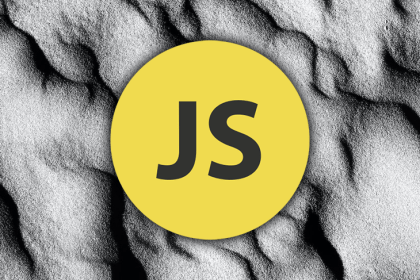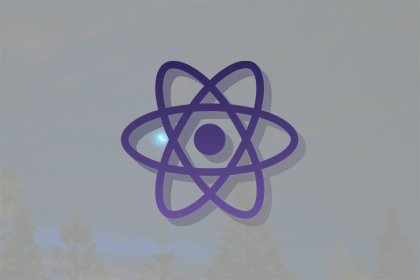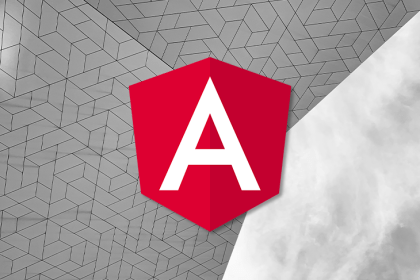
In this guide, we’ll evaluate Gridsome and Nuxt.js in terms of the developer experience, general use and best practices, structure, and community adoption. Then we’ll build an example blog with both frameworks.

Polymorphic APIs can be convenient to use due to their flexibility, but in some situations, they can be more expensive to execute.

Webpack 5 featured architectural changes that set the stage for future user-friendly improvements. Here’s what to look for going forward.

Vue API and React Hooks handle state and the reuse of logic in components. Examine each to determine which program is best for your needs.

Here, you can learn about the WebSocket Protocol and how to use WebSocket subscriptions without queues.

Here, you can learn what React Query is and what new features have been added in its latest iteration: React Query 3.

RTK Query is an experimental Redux library that delivers a simple and efficient solution for data fetching and caching.

Here, you can take a look at the top React table libraries in 2021 and narrow down what the best one is for your needs.

Here, you can learn how to use Storybook, a tool you can add to your workflow to supercharge development in React.

With HttpInterceptor in Angular, you can drastically reduce the amount of code required to implement HTTP caching.

Learn how to use Zustand for managing and persisting state within React apps, as well as comparing Zustand to Redux, Jotai, and Recoil.

Amplify, a newer command line interface, takes care of everything from pumping up CI/CD to managing user content, so developers can focus on code.